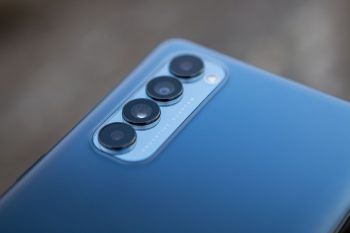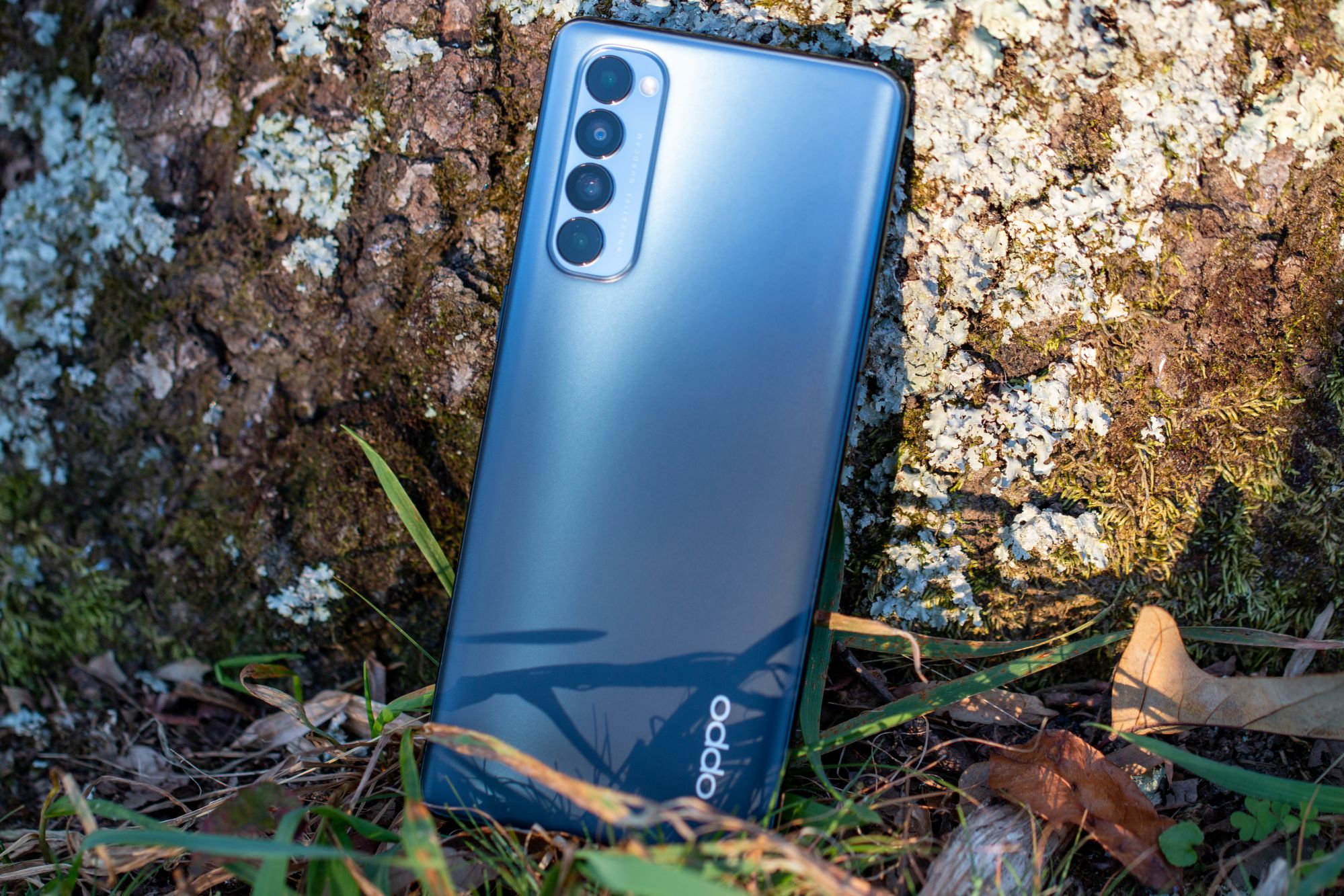
Oppo Reno4 Pro Review: Solid but underwhelming
2020 has been an interesting year for the smartphone market, as just about every phone maker has been trying to find its “niche”. There are the obvious contenders when you look at flagship handsets, and the same can be said for the low-end of the budget market. But the space in between is where new phones have been trying to take the crown for the entire year.
Oppo Reno4 Pro Specifications
- Processor: Qualcomm Snapdragon 720G
- RAM: 8GB
- Storage: 128GB / 256GB (expandable via microSD)
- Display: 6.5-inch AMOLED, 2400×1080, 90Hz
- Cameras: 48MP (wide), 8MP (ultrawide), 2MP (macro), 2MP (depth), 32MP (selfie)
- Battery: 4,000mAh with 65W Fast charging
The Good
There really is a lot to like about the Oppo Reno 4 Pro, if you can get your hands on one. Oppo played it pretty conservatively, for the most part, with the Reno 4 Pro and you can tell. There aren’t any “earth-shattering” features or anything of the sort, but there are some great things that you are likely to enjoy while using the Reno 4 Pro.
Sleek and comfortable Design
The first thing that you’ll notice when you take the Reno4 Pro out of the box is the familiar, yet unique design. Instead of relying on just two slabs of glass slapped together, Oppo took things a step further for the sake of comfort. Forget about the glossy back that does nothing but attracts fingerprints. Nope. The Reno 4 Pro sports a plastic back that features a matte finish so you don’t feel the need to grab a case immediately.
Around the rest of the phone, you’ll find a gorgeous 6.5-inch AMOLED display that melts into the frame of the Reno 4 Pro. On the top, there’s nothing too exciting other than your SIM Card tray. The bottom not only sports microphones and speakers, but this is also where you’ll find your USB-C charging port and the lovely 3.5mm headphone jack.
While the back of the Reno 4 Pro already looks pretty sleek with the two-tone “ombre” colorway, there’s one additional piece of flair that was added by Oppo. The volume rocker blends in pretty nicely with the frame, but the power button on the right-side stands out thanks to the little pop of color.
All-day battery life
There’s nothing special about the 4,000mAh cell found in the Reno 4 Pro. This is pretty standard nowadays, regardless of what price point you are looking at. But the special aspect of the Reno 4 Pro comes down to the included charger. Oppo includes a 65W charger in the box, which will get your phone back to 100% from 0% in a little more than 30 minutes.
This is extremely helpful, especially considering that there’s no wireless charging on board. Oppo has done a pretty solid job when it comes to software optimization, but gaming will take its toll on your battery pretty quickly. Playing just a few minutes of Call of Duty Mobile and the battery dropped by almost 15%. But thanks to that 65W charger, we never ran into issues running out of juice at the wrong time.
Gorgeous Display
2020 was the year of the faster refresh rate, and Oppo didn’t disappoint with the Reno 4 Pro. The display itself only sports a resolution of 2400×1080, but the AMOLED panel can be adjusted via the settings to set the color profile to your liking. And as for that refresh rate? Well, the Reno 4 Pro comes in with a 90Hz refresh rate, which should be the bare minimum for any phone that’s priced at more than $250.
One way that Oppo has optimized the software to be more battery efficient is by allowing for an adaptive refresh rate. This is similar to what we’ve seen from Samsung in the Z Fold 2 and Galaxy Note 20 Ultra, but with the Reno 4 Pro, your phone will automatically use the best refresh rate based on what you’re doing. Browsing the home screen? You’re using around 60Hz. Scrolling through Instagram or Twitter? The Reno 4 Pro boosts the refresh rate up to 90Hz for a fluid experience.
The Not So Good
At first glance, everything with the Oppo Reno 4 Pro seemed to be going pretty well. It wasn’t until we started diving in a bit deeper and using the phone on a regular basis that the cracks started to show.
Extra cameras are just meh
We were rather impressed when the Reno 4 Pro was announced and it was confirmed that there were a total of four cameras on the back. The standard 48MP sensor is really good in most conditions, but the disappointments started when switching to the other lenses. The 8MP ultrawide sensor does just fine for the most part, but when you start using the 2MP macro lens and trying to use the 2MP lens for portraits, and the Reno 4 Pro just falls a bit flat.
Another frustration is the placement of these four cameras. Instead of doing something like Huawei or even Google with the Pixel 4, all four sensors are lined up in a straight line in the top left-hand corner. This leads to accidentally smudging the camera up, or dealing with your fingers getting in the way of trying to take some quick pictures.
You might be better looking elsewhere
The Reno 4 Pro was an intriguing device when it launched over the summer. But the truth of the matter is that even without considering devices that were released after it, the Reno 4 Pro is just simply underpowered. With Geekbench scores placing this phone between the likes of the Snapdragon 730 and Snapdragon 845, there’s just not enough power to warrant consideration.
Final Thoughts
It should come as no surprise that we were left feeling a bit empty after spending time with the Reno 4 Pro. It’s time for phone makers to stop adding camera sensors just to say that the phone has them. It’s also time for there to be a little bit more focus on software integration with the camera if these companies really want to turn some heads.
Truth be told, if the Reno 4 Pro had a little bit better camera performance and a faster chipset, then it would be amongst the best phones of the year. The plastic back feels great, the display is not overly curved, and the extra features like the faster refresh rate and headphone jack are nice touches. But Oppo just missed the mark in too many other areas for us to be blown away.
Oppo Reno 4 Pro Rating: star_fullstar_fullstar_fullstar_emptystar_empty (3 / 5)
The Good
- Gorgeous display
- The accented Power button is a nice touch
- The inclusion of a headphone jack is always good
- Sleek design
The Bad
- It’s just not powerful for long-term usage
- The extra cameras are there just kind of “there”
- In-display fingerprint scanner is too slow
The Bottom Line
Hopes were high for the Oppo Reno 4 Pro, but the combination of poor cameras along with an underperforming chipset left us feeling a bit empty. In terms of design it’s a great-feeling device, but that’s about it.

